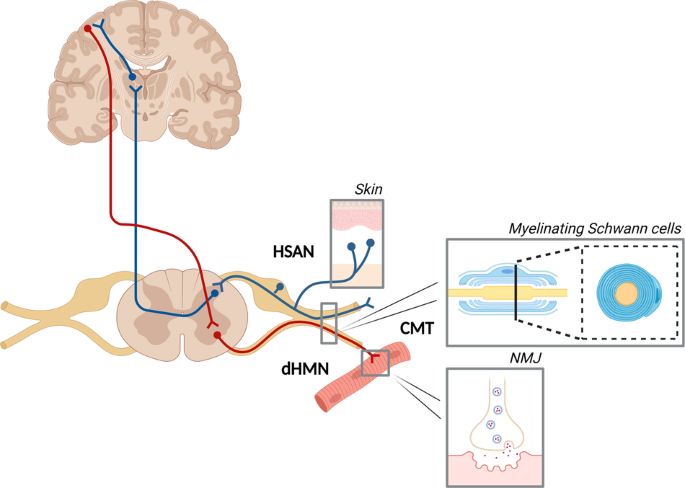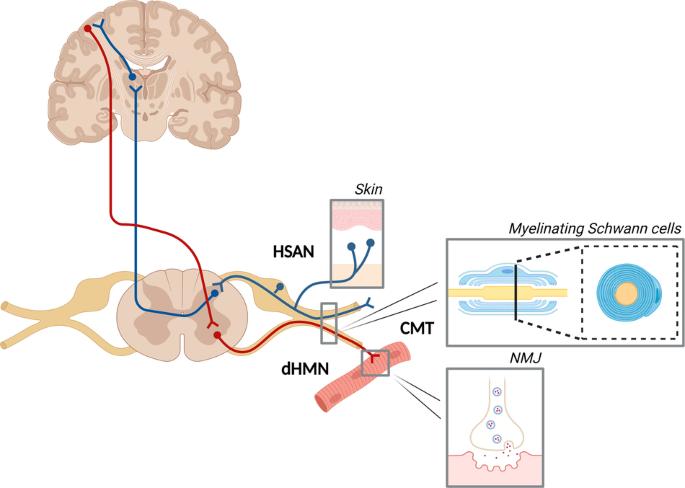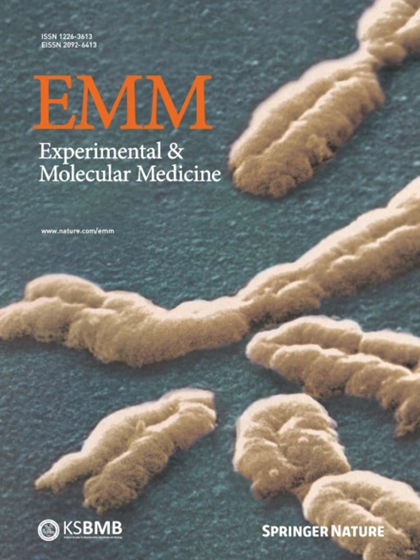Advances and challenges in modeling inherited peripheral neuropathies using iPSCs
IF 9.5
2区 医学
Q1 BIOCHEMISTRY & MOLECULAR BIOLOGY
引用次数: 0
Abstract
Inherited peripheral neuropathies (IPNs) are a group of diseases associated with mutations in various genes with fundamental roles in the development and function of peripheral nerves. Over the past 10 years, significant advances in identifying molecular disease mechanisms underlying axonal and myelin degeneration, acquired from cellular biology studies and transgenic fly and rodent models, have facilitated the development of promising treatment strategies. However, no clinical treatment has emerged to date. This lack of treatment highlights the urgent need for more biologically and clinically relevant models recapitulating IPNs. For both neurodevelopmental and neurodegenerative diseases, patient-specific induced pluripotent stem cells (iPSCs) are a particularly powerful platform for disease modeling and preclinical studies. In this review, we provide an update on different in vitro human cellular IPN models, including traditional two-dimensional monoculture iPSC derivatives, and recent advances in more complex human iPSC-based systems using microfluidic chips, organoids, and assembloids. Inherited peripheral neuropathies are diseases that cause damage to the motor and sensory nervous system. Despite progress in understanding these diseases, effective treatments are still hard to find. This study looks at using induced pluripotent stem cells (iPSCs - cells that can turn into any type of cell in the body) to mimic the disease and find possible drug targets. The scientists used iPSCs to create different nerve cells and Schwann cells (cells that support nerve function). They studied these cells to see how the disease affects them. The study found that models made from iPSCs can accurately copy key aspects of the disease, providing valuable insights that add to findings from animal models. This research could lead to new treatments for inherited peripheral neuropathies. This summary was initially drafted using artificial intelligence, then revised and fact-checked by the author.


利用 iPSCs 建立遗传性周围神经病模型的进展与挑战。
遗传性周围神经病(IPNs)是一组与各种基因突变有关的疾病,这些基因在周围神经的发育和功能中起着重要作用。过去 10 年中,细胞生物学研究以及转基因蝇类和啮齿类动物模型在确定轴突和髓鞘变性的分子疾病机制方面取得了重大进展,促进了有前景的治疗策略的开发。然而,迄今为止尚未出现临床治疗方法。这种治疗方法的缺乏凸显了对更多生物学和临床相关模型的迫切需要,这些模型可以重现 IPNs。对于神经发育性疾病和神经退行性疾病而言,患者特异性诱导多能干细胞(iPSC)是一个特别强大的疾病建模和临床前研究平台。在这篇综述中,我们将介绍不同体外人类细胞 IPN 模型的最新进展,包括传统的二维单培养 iPSC 衍生物,以及使用微流控芯片、器官组织和组装体的更复杂人类 iPSC 系统的最新进展。
本文章由计算机程序翻译,如有差异,请以英文原文为准。
求助全文
约1分钟内获得全文
求助全文
来源期刊

Experimental and Molecular Medicine
医学-生化与分子生物学
CiteScore
19.50
自引率
0.80%
发文量
166
审稿时长
3 months
期刊介绍:
Experimental & Molecular Medicine (EMM) stands as Korea's pioneering biochemistry journal, established in 1964 and rejuvenated in 1996 as an Open Access, fully peer-reviewed international journal. Dedicated to advancing translational research and showcasing recent breakthroughs in the biomedical realm, EMM invites submissions encompassing genetic, molecular, and cellular studies of human physiology and diseases. Emphasizing the correlation between experimental and translational research and enhanced clinical benefits, the journal actively encourages contributions employing specific molecular tools. Welcoming studies that bridge basic discoveries with clinical relevance, alongside articles demonstrating clear in vivo significance and novelty, Experimental & Molecular Medicine proudly serves as an open-access, online-only repository of cutting-edge medical research.
 求助内容:
求助内容: 应助结果提醒方式:
应助结果提醒方式:


